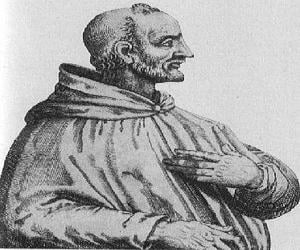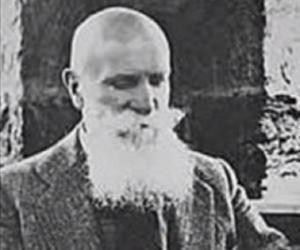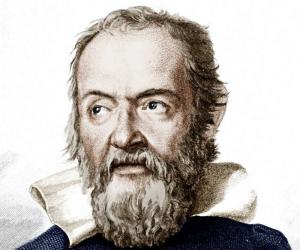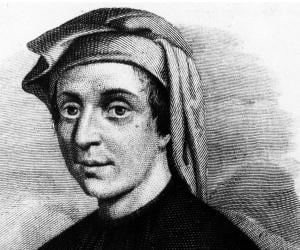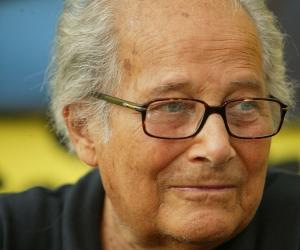An Italian astronomer, engineer, and physicist, Galileo Galilei is widely regarded as the father of observational astronomy, the father of the scientific method, the father of modern physics, and the father of modern science. He is credited with popularizing the telescope, which changed the course of history.

Better known as Wee Man, the 4-foot American stunt man Jason Acuña is a professional skater and now a well-known TV personality. Suffering from a form of dwarfism called Achondroplasia, he uses a mini skateboard. Known for his appearance on Jackass, he now also owns an LA restaurant.

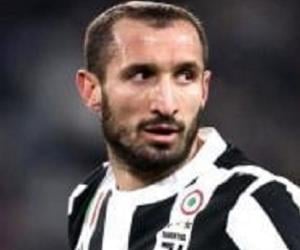
Italian footballer Giorgio Chiellini has made a name for himself as a defender for Juventus and the Italian national team. He had begun his career playing for Livorno at the tender age of 6 and was also part of the bronze-winning national team at the 2004 Summer Olympics.
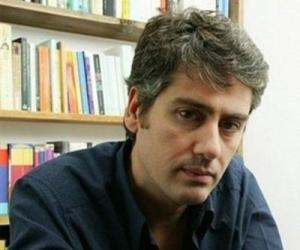

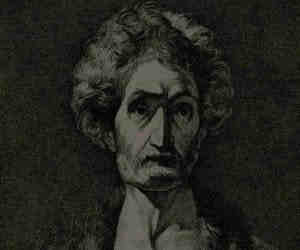
Italian nobleman Ugolino della Gherardesca, the Count of Donoratico, was a naval commander. Elected the mayor of Pisa, he was supposed to seal a peace treaty with Florence but ended up being accused of treason and imprisoned in a tower with his family, where they died of starvation. His story appears in Dante’s Inferno.
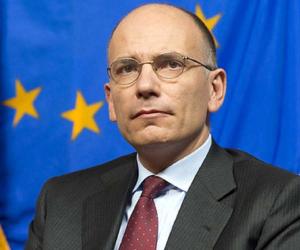
Former prime minister of Italy, Enrico Letta was the son of a math professor and followed in his father’s footsteps to become a professor, too, teaching at universities such as HEC Paris. Later, he stepped into politics with the Christian Democracy party. He also has a doctorate degree in European Union Law.
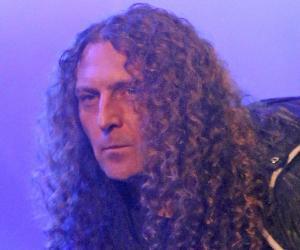
Italian filmmaker Gillo Pontecorvo, best known for his Golden Lion-winning The Battle of Algiers, had migrated to France to escape the fascism in his country. He initially studied chemistry and also worked as a journalist and a tennis coach, before venturing into filmmaking. He often cast non-professional actors.
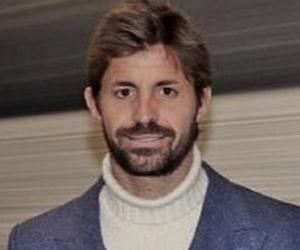

Bonanno Pisano was a 12th-century Italian sculptor. He combined Byzantine and classical elements in his works. He was the creator of the bronze Porta Reale of the cathedral of Pisa, which was destroyed in the great fire of 1595. Mafia boss Joseph Bonanno claimed to be a descendant of Pisano, although there is no evidence to support this claim.
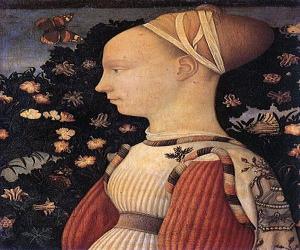
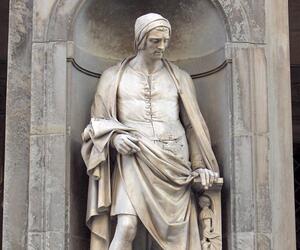
Thirteenth-century Italian sculptor Nicola Pisano was a master of Gothic art. One of his best-known works was the Pisa baptistery’s pulpit. He was also the father of sculptor Giovanni Pisano, who finished much of his work. Though his origins aren’t clear, he is referred to as the Master Nicola from Apulia.
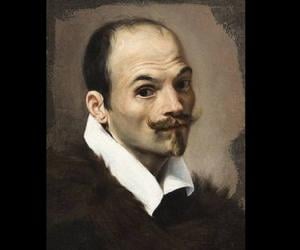
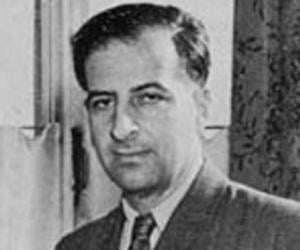
Bruno Pontecorvo was an Italian and Soviet nuclear physicist. He was an early assistant to the physicist Enrico Fermi. He studied physics at the University of Rome La Sapienza under Fermi and participated in Fermi's experiment showing the properties of slow neutrons. This experiment eventually led the way to the discovery of nuclear fission.

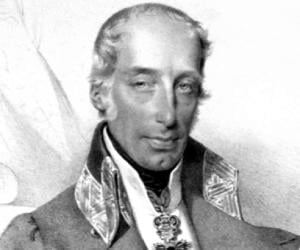

Italian sculptor Giovanni Pisano began his career under the tutorship of his sculptor-father Nicola, working with him at the pulpit of Siena Cathedral. Later, he started working independently, slowly developing a style of his own, sculpting the statues on the façade of the same cathedral, a work that showcases his tendencies to blend French Gothic art with ancient Roman art.
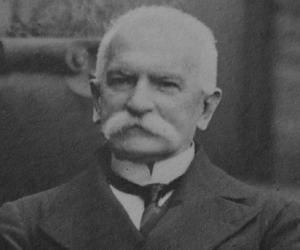
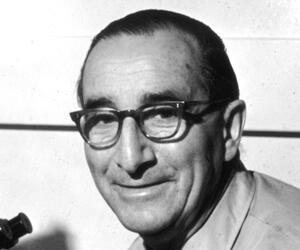
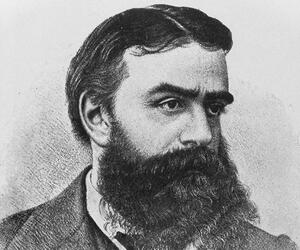
Giovanni Battista Donati was an Italian astronomer considered a pioneer in the spectroscopic study of the stars, the Sun, and comets. He worked in the Observatory of Florence for several years, becoming its director in 1864. He published a memoir in which he discussed the feasibility of a physical classification of the stars. He discovered the spectacular Comet Donati.
